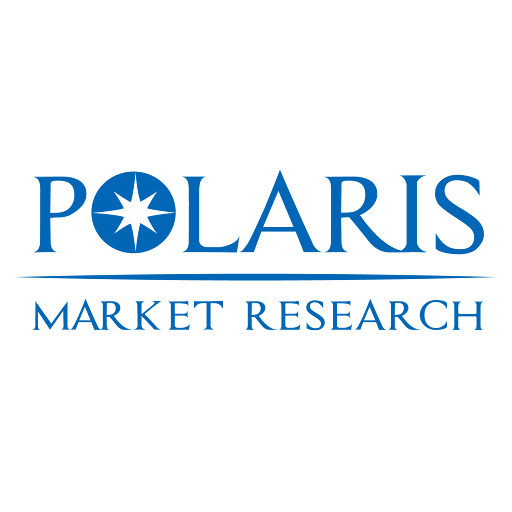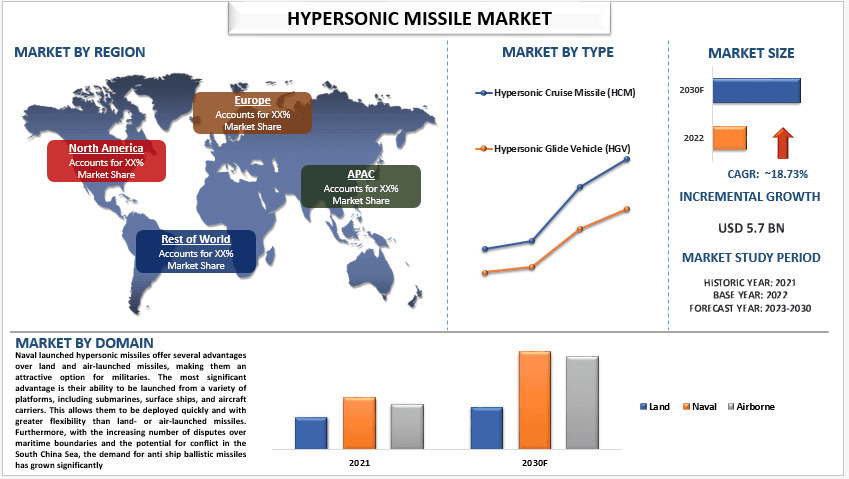ממומן
Beauty-from-Within: The Rise of Anti-Aging Dietary Supplements and Nutricosmetics

The U.S. anti-aging products market, valued at USD 13.99 billion in 2024, is projected to grow at a compound annual growth rate of 6.6% from 2025 to 2034, driven by increasing consumer demand for targeted, science-backed solutions and the segmentation of aging concerns across skin physiology, hormonal changes, and lifestyle factors. This growth is being channeled through distinct product and application-based segments, each exhibiting unique innovation cycles, pricing dynamics, and performance benchmarks. The market can be segmented by product type into topical skincare (creams, serums, moisturizers), oral supplements (collagen peptides, antioxidants, NAD+ boosters), and aesthetic treatments (injectables, energy-based devices, and at-home technologies). It can also be analyzed by application, including wrinkle reduction, skin elasticity, hyperpigmentation correction, volume restoration, and photoprotection. Among these, the topical skincare segment remains the largest by revenue, accounting for approximately 58% of total market value in 2024, with premium serums containing retinoids, vitamin C, and hyaluronic acid leading sales. According to the American Academy of Dermatology, over 60% of adults aged 35–65 use anti-aging skincare products daily, with usage increasing with income and education levels.
The injectables and professional treatments segment, while smaller in volume, commands the highest average selling price and fastest innovation velocity. Botox (onabotulinumtoxinA) and hyaluronic acid fillers such as Juvederm and Restylane dominate this space, with the American Society of Plastic Surgeons reporting over 4.5 million minimally invasive procedures performed in 2023, a 12% year-over-year increase. This segment is witnessing a shift toward preventative use among younger demographics, with Millennials now representing over 35% of injectable patients. Oral supplements are the fastest-growing segment, expanding at a CAGR exceeding 9% over the forecast period, driven by rising interest in internal rejuvenation and the convergence of nutricosmetics with longevity science. Collagen peptides, particularly hydrolyzed type I and III, are gaining traction for improving skin elasticity and reducing wrinkles, supported by clinical studies published in journals such as Skin Pharmacology and Physiology. NAD+ precursors like nicotinamide riboside (NR) and NMN are also gaining popularity, despite regulatory uncertainty, due to their association with cellular repair and mitochondrial function.
Read More @ https://www.polarismarketresearch.com/industry-analysis/us-anti-aging-products-market
Product differentiation is increasingly achieved through clinical substantiation, proprietary delivery systems, and biomarker-backed efficacy. Leading brands are shifting from generic formulations to patented complexes—such as L’Oréal’s Pro-Xylane, Estée Lauder’s ChronoluxCB, and Olay’s NIA-114—designed to target specific aging pathways at the molecular level. Encapsulation technologies, such as liposomes and nanoemulsions, enhance ingredient stability and dermal penetration, improving segment-wise performance. Application-specific growth is evident in barrier repair and microbiome support, where ceramides, prebiotics, and postbiotics are being integrated into anti-aging regimens to address sensitivity and inflammation-driven aging. Similarly, blue light and pollution protection have emerged as key selling points, with antioxidants like resveratrol, ferulic acid, and astaxanthin incorporated into daytime formulations.
The competitive landscape is defined by technological integration, brand equity, and distribution reach.
- Johnson & Johnson (Neutrogena, Aveeno)
- L’Oréal USA (La Roche-Posay, SkinCeuticals)
- Estée Lauder Companies (Clinique, Origins)
- Procter & Gamble (Olay)
- Unilever (Dove, Paula’s Choice)
- Allergan Aesthetics (Botox, Juvederm)
- Galderma (Restylane, Cetaphil)
- Shiseido Americas
These firms are differentiating through application-specific growth strategies, such as Allergan’s leadership in neuromodulators and L’Oréal’s investment in dermatologist-dispensed science brands. As product differentiation and segment-wise performance become critical differentiators, the ability to deliver clinically validated, consumer-centric, and scalable solutions will determine long-term market leadership.
More Trending Latest Reports By Polaris Market Research:
North America Crop Protection Chemicals Market






